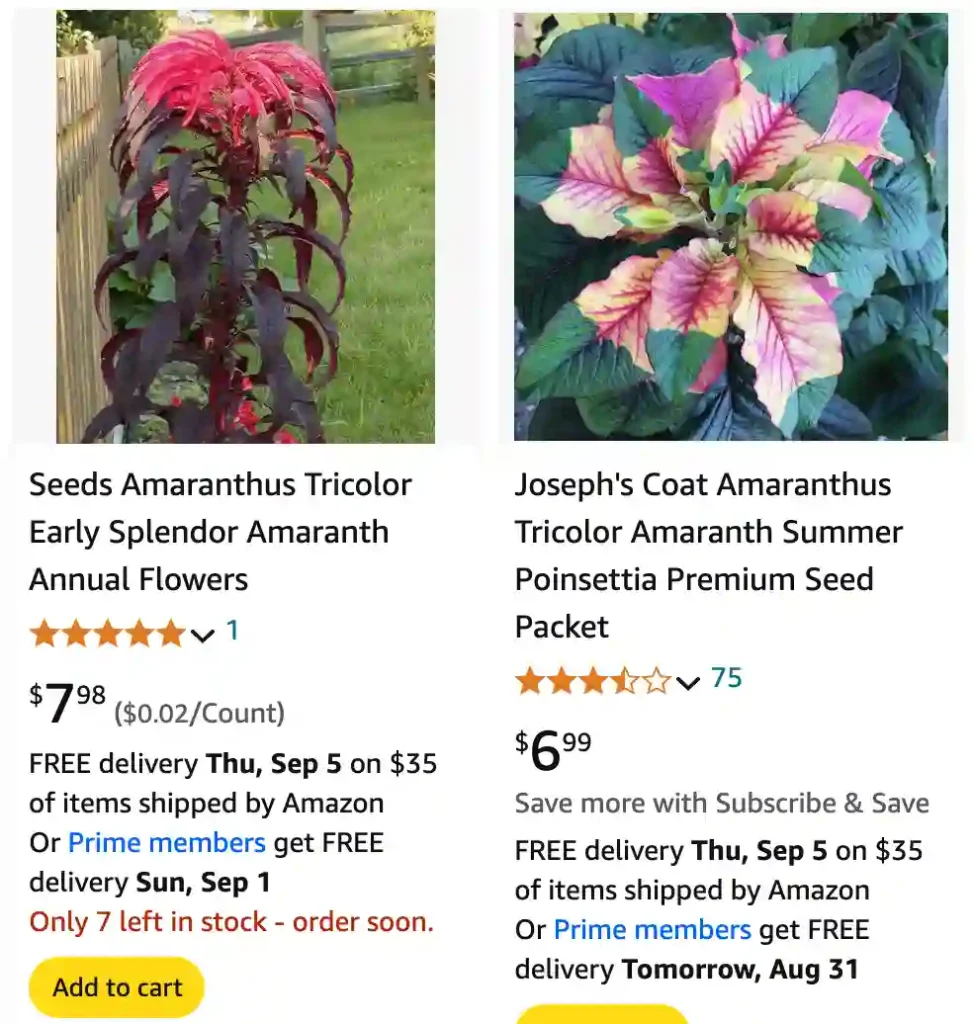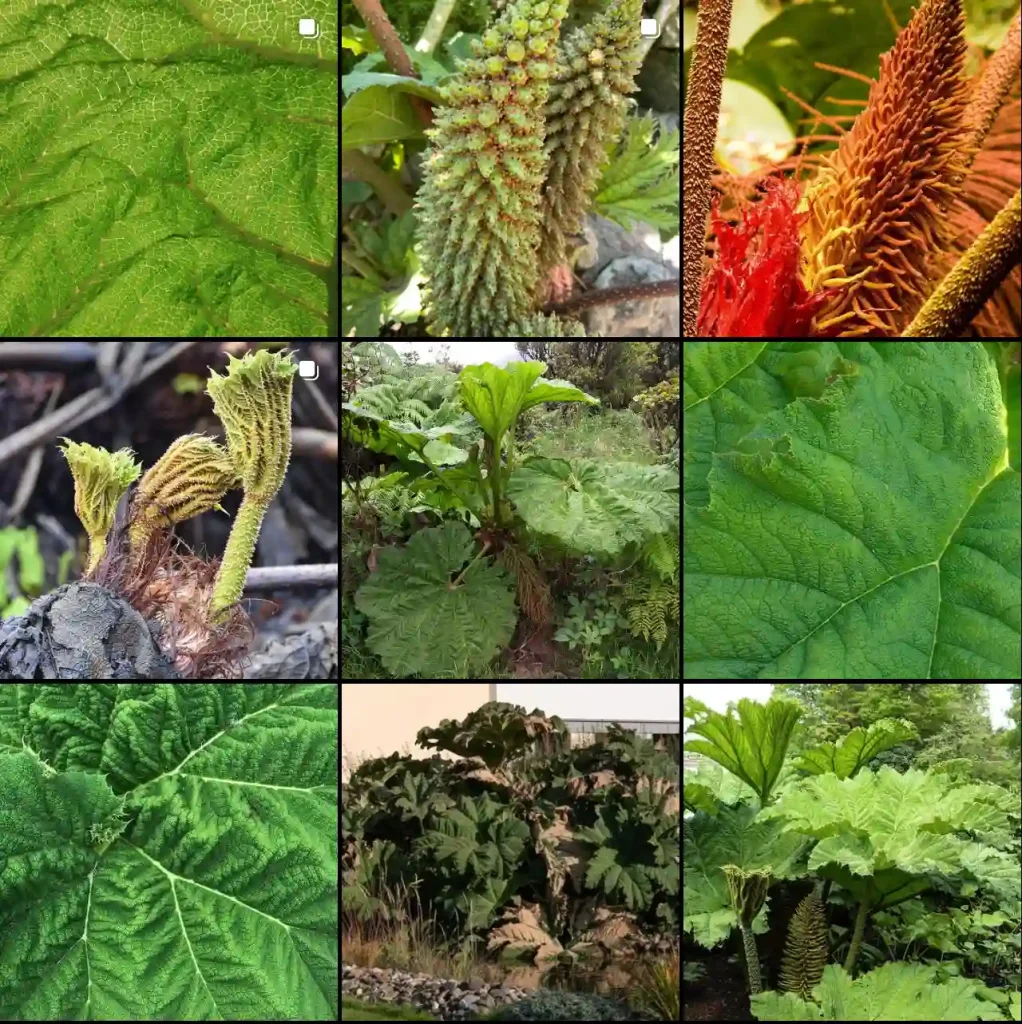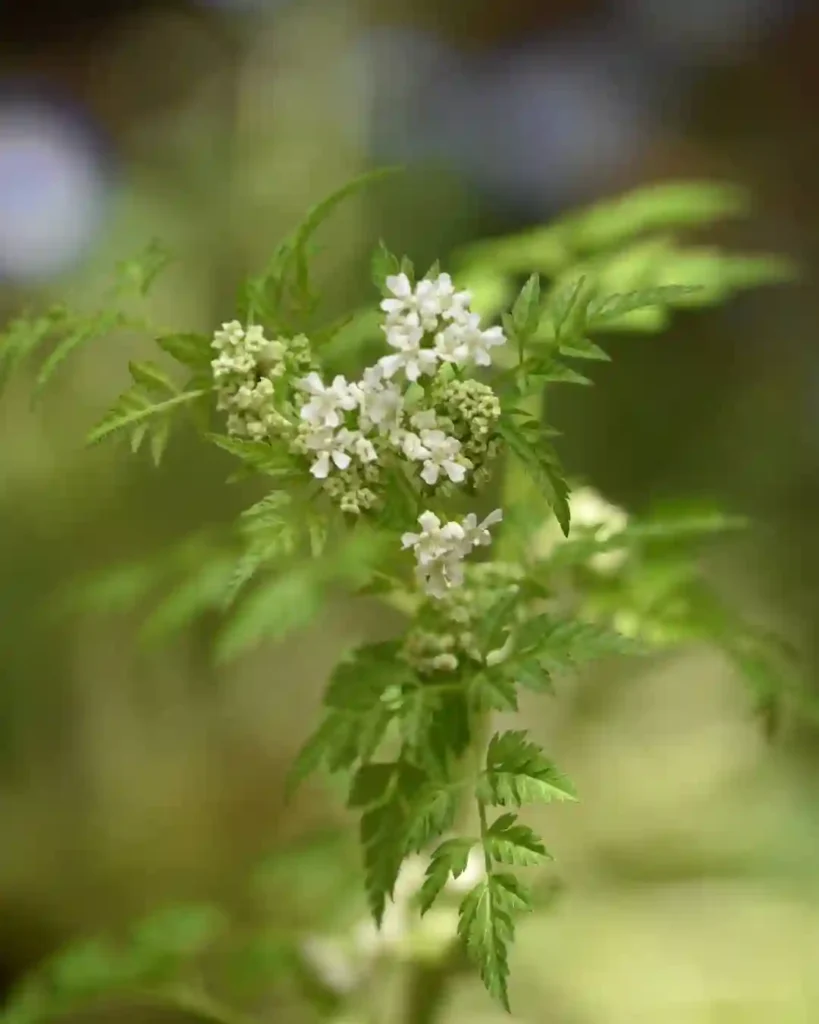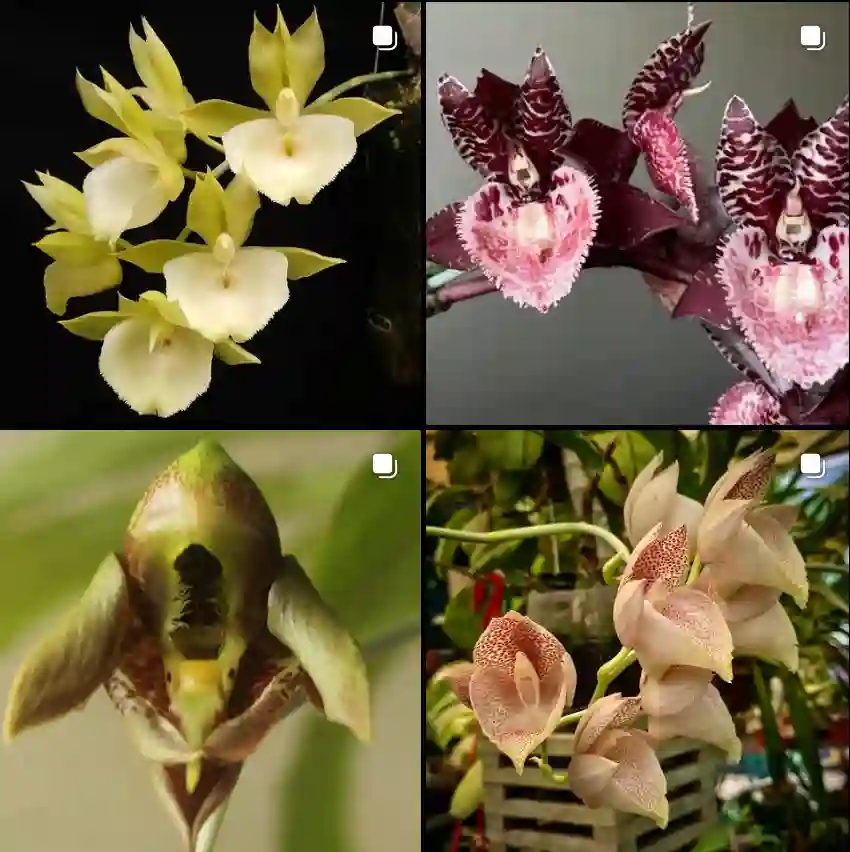
FAQs About Amaranthus Tricolor
Amaranthus Tricolor, often known as Joseph’s Coat, is a vibrant and striking plant that adds a splash of color to any garden or indoor space. As someone who has spent quite a bit of time growing and caring for this plant, I’m excited to share some insights and answer frequently asked questions about it.
Plant Family: 184 Genera in Amaranthaceae
How to Grow Amaranthus Tricolor from Seed?
Growing Amaranthus Tricolor from seed is a rewarding experience, and it’s not too difficult if you follow a few key steps. First, start by preparing your soil. Amaranthus Tricolor prefers well-draining soil with a pH between 6.0 and 7.0. You can use a standard potting mix with added sand or perlite for better drainage.
Sow the seeds directly on the soil surface, lightly pressing them in without covering them too deeply. Keep the soil moist but not waterlogged. Place the pot or seed tray in a warm, sunny location where temperatures range between 70-85°F (21-29°C). Germination typically occurs within 7-14 days.
Once seedlings have developed a few sets of leaves and are large enough to handle, you can transplant them into larger pots or directly into the garden. Be sure to space them about 12-18 inches apart to allow for their full growth.
How to Care for Amaranthus Tricolor?
Caring for Amaranthus Tricolor is relatively straightforward. This plant thrives in full sun but can tolerate partial shade. It needs regular watering but ensure that the soil drains well to prevent root rot. I’ve found that watering the plant deeply and allowing the soil to dry out between waterings works best.
Fertilizing every 4-6 weeks with a balanced, all-purpose fertilizer can promote vigorous growth and vibrant colors. Amaranthus Tricolor is fairly low-maintenance, but you should remove any dead or damaged leaves to keep the plant looking its best.
What to Plant with Amaranthus Tricolor?
When choosing companion plants for Amaranthus Tricolor, consider its bold foliage and growth habit. Plants with contrasting textures and colors work well. For example, pairing it with low-growing, spreading plants like Creeping Jenny or ornamental grasses can create an attractive visual contrast.
In a mixed border, consider combining it with flowering plants like Marigolds or Zinnias. Their bright blooms complement the colorful foliage of Amaranthus Tricolor, creating a dynamic and eye-catching display.
Can You Grow Amaranthus Tricolor Indoors?
Yes, you can grow Amaranthus Tricolor indoors, but it does require some attention. It needs plenty of light, so a south-facing window or grow lights will be essential. Indoor plants may not reach the same height as those grown outdoors, but they can still provide vibrant color and interest.
Keep the indoor plant in a well-draining pot and monitor humidity levels, as indoor environments can be dry. Regular watering and occasional fertilizing will help keep the plant healthy and vibrant.
Is Tricolor Amaranthus Poisonous?
Amaranthus Tricolor is not considered highly toxic. However, consuming large quantities might cause gastrointestinal discomfort due to its high oxalate content. As a precaution, it’s best to keep it out of reach of pets and small children.
Where Can I Buy Amaranthus Tricolor?
You can purchase Amaranthus Tricolor from various sources. Local nurseries and garden centers often carry it, especially during the planting season. Online retailers and seed catalogs are also a good option if you prefer to shop from home. Websites like Amazon, Etsy, and specialized seed suppliers offer a range of seeds and sometimes even mature plants.
How to Propagate Amaranthus Tricolor?
Propagation of Amaranthus Tricolor is typically done through seeds. However, you can also propagate it through cuttings, although this method is less common. For cuttings, take a healthy stem and remove the lower leaves. Dip the cut end in rooting hormone and place it in a pot with moist potting mix. Keep it in a warm, humid environment until roots develop.
Common Problems and Solutions
One common issue with Amaranthus Tricolor is aphid infestations, which can cause leaf curling and stunted growth. Regularly inspect your plants and use insecticidal soap or neem oil to manage these pests.
Another issue is fungal diseases, often caused by poor air circulation and high humidity. Ensure your plants have good spacing and avoid overhead watering to reduce the risk of fungal problems.
Comparing Amaranthus Tricolor with Similar Plants
Amaranthus Tricolor is often confused with Amaranthus caudatus, commonly known as Love-Lies-Bleeding. While both plants are part of the Amaranth family and share similar growth habits, Amaranthus Tricolor is distinguished by its more vibrant, multi-colored foliage, whereas Amaranthus caudatus has long, pendulous flower clusters.
In summary, Amaranthus Tricolor is a stunning and versatile plant that can enhance any garden or indoor space. With a bit of care and attention, you can enjoy its vibrant colors and striking appearance throughout the growing season.
If i die, water my plants!



